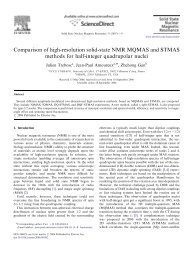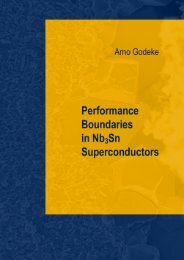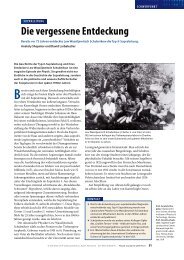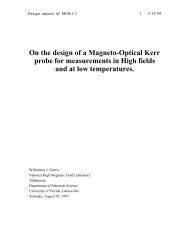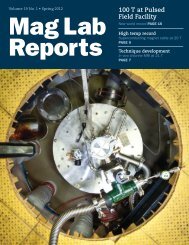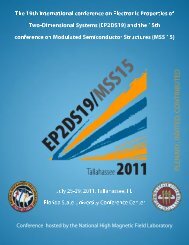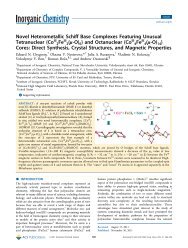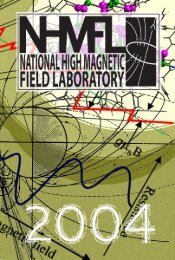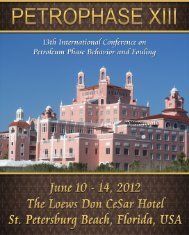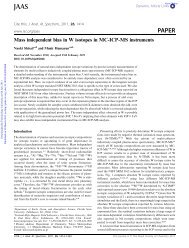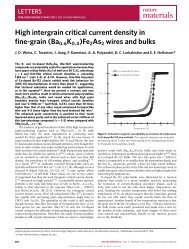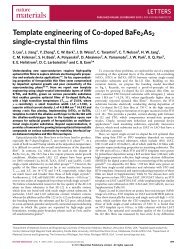Microscopes and Crystals - National High Magnetic Field Laboratory
Microscopes and Crystals - National High Magnetic Field Laboratory
Microscopes and Crystals - National High Magnetic Field Laboratory
Create successful ePaper yourself
Turn your PDF publications into a flip-book with our unique Google optimized e-Paper software.
ACTIVITY 15: WHAT VARIABLES AFFECT CRYSTAL GROWTH?<br />
m6: <strong>Microscopes</strong> <strong>and</strong> <strong>Crystals</strong><br />
A CT<br />
A<br />
CTIVITY<br />
What Variables Affect Crystal Growth?<br />
lmost every solid that occurs in nature is made up of<br />
crystals. The minerals found on earth have differently shaped<br />
crystals. Salt looks like rough s<strong>and</strong> to the unaided eye, however<br />
when viewed through a magnifying glass or a microscope, it<br />
is actually made up of small cube-shaped crystals. Many<br />
crystals are transparent; others are colored. Some crystals,<br />
like salt are very small, while others are large enough to be<br />
seen without a h<strong>and</strong> lens or a microscope.<br />
Some crystals are formed when molten rock cools <strong>and</strong> hardens.<br />
Others are formed when water containing dissolved minerals evaporates. In both cases, the<br />
atoms of the minerals form solids by coming together in regular repeating patterns. (See Activity<br />
14) These repeating patterns make crystals both strong <strong>and</strong> hard. <strong>Crystals</strong> of the same mineral<br />
always follow the same growth pattern.<br />
In this activity, students will design investigations about crystals. If they are trying to find out<br />
how different variables affect crystal growth, they need to first identify the variables they will<br />
be studying. There are two types of variables, manipulated <strong>and</strong> responding variables. If a<br />
variable is deliberately changed it is called a manipulated variable. The variable that may<br />
change as a result of changing the manipulated variable is called the responding variable. Students<br />
in this activity are going to investigate how variables affect crystal growth.<br />
MATERIALS:<br />
! Baby food jars, clear film canisters, or other containers<br />
! Water (some warm, <strong>and</strong> some at room temperature)<br />
! Measuring spoon (1 tsp = 5 ml)<br />
! Copper Sulfate (CuSO 4<br />
), Epsom salt, table salt, sugar, borax or other crystal-forming<br />
substance<br />
! Slides<br />
! Droppers or straws<br />
! <strong>Field</strong> microscope<br />
! Science Notebooks<br />
! H<strong>and</strong> lens<br />
SCIENCE, OPTICS & YOU GUIDEBOOK<br />
- 135 -



